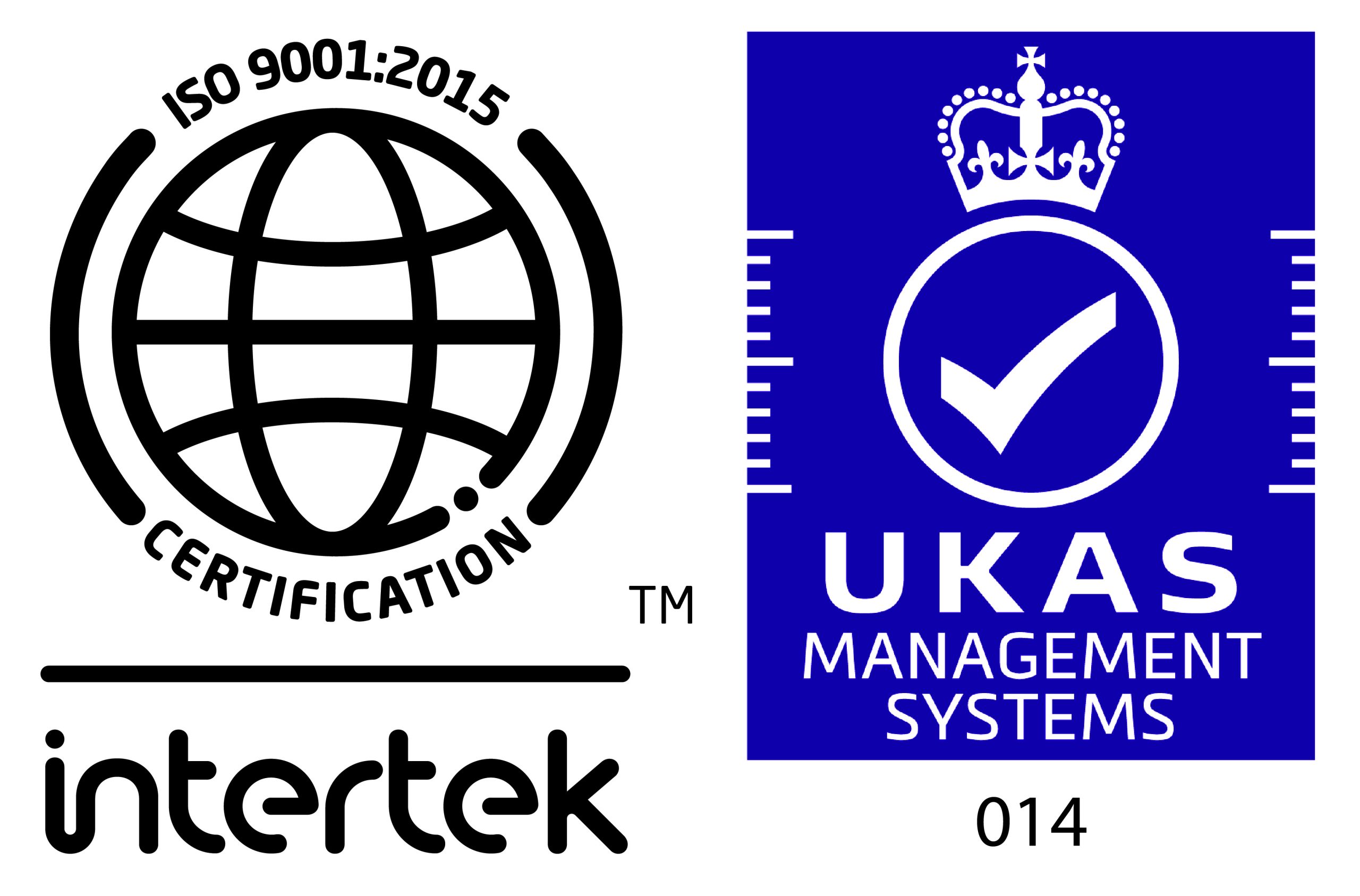1 Publish your gender pay gap report
Organisations have 12 months to publish their gender pay gap figures from the relevant snapshot date. The reporting deadline is 30th March 2022 for public-sector employers and 4th April 2022 for private-sector and voluntary-sector employers.
Organisations must publish reports on their website and the gender pay gap reporting portal on the gov.uk website.
You can choose to provide a narrative, which can include an explanation for your pay gap and set out what steps you are taking to reduce the gap.
2 Comply with national minimum wage rises
The rates of the national minimum wage increase on 1st April 2022. The hourly rates of the minimum wage increase from:
- £8.91 to £9.50 for workers aged 23 and over (the national living wage);
- £8.36 to £9.18 for workers aged 21 or 22;
- £6.56 to £6.83 for workers aged 18 to 20;
- £4.62 to £4.81 for workers aged under 18 who are no longer of compulsory school age; and
- £4.30 to £4.81 for apprentices under 19, or over 19 and in the first year of the apprenticeship.
Check your pay rates against the new minimum wage rates and ensure that, where necessary, you increase remuneration for the first pay reference period beginning on or after 1st April 2022.
3 Increase statutory family-related pay
The weekly rates of statutory maternity, adoption, paternity, shared parental and parental bereavement pay increase to £156.66, from £151.97. The increases take effect on 3rd April.
4 Increase statutory sick pay
The weekly rate of statutory sick pay rises on 6th April 2022. The new rate is £99.35, from £96.35.
Review your policies and documents that mention the statutory rates.
5 Review your organisation’s IR35 compliance
The extension of the IR35 rules on off-payroll working to the private sector took effect on 6th April 2021. However, HMRC stated that it would be taking a light touch to enforcement penalties during the first 12 months of the new rules unless it had evidence of deliberate non-compliance.
The first anniversary and ending of the grace period is a good time to review your organisation’s IR35 compliance and update status determinations where necessary.
6 Be aware of changes to the right to work checks
Employers can check a document (such as a passport) or, depending on the circumstances, use the Home Office’s online right to work service. For document checks, original documents must normally be seen but a temporary relaxation has allowed employers to make checks remotely because of the pandemic. This temporary measure was due to expire on 6th April 2022 but has now been extended to the end of September 2022.
7 Update your statutory redundancy pay calculations
New limits on statutory redundancy pay come into force on 6th April 2022.
Employers that dismiss employees for redundancy must pay those with two years’ service an amount based on the employee’s weekly pay, length of service and age.
The weekly pay is subject to a maximum amount, which is £571 from 6th April 2022 (increasing from £544).
Ensure that calculations for statutory redundancy payments use this new maximum amount for redundancy dismissals on or after 6th April 2022.
8 End of free Covid-19 tests
The government will no longer provide free universal symptomatic and asymptomatic testing for the general public. So, you’ll need to decide whether you’re going to purchase lateral flow device home test kits for staff members to use before they come to work.
9 Self-isolation guidance
The guidance advising individuals who test positive for Covid-19 to stay at home for at least five days will be updated and those with Covid-19 symptoms will simply be asked to ‘exercise personal responsibility’.
Remember those who are too sick to work will still be entitled to statutory sick pay in the normal way, provided they comply with your sickness absence reporting procedures.
10 Risk assessments
The health and safety requirement for every employer to explicitly consider Covid-19 in its risk assessments will be removed. The intention is to empower you to take responsibility for appropriate mitigation for your business.
Don’t do away with your existing Covid-19 control measures because you still have an overriding duty to identify workplace risks and reduce them to the lowest level possible, but you can refresh your risk assessment without having to cover Covid-19 as a separate matter. Identify what control measures you should keep, and consider the needs of employees who are at greater risk from Covid-19, including those whose immune system means they’re at higher risk of serious illness. Think about the risks if Covid-positive workers still attend work.


